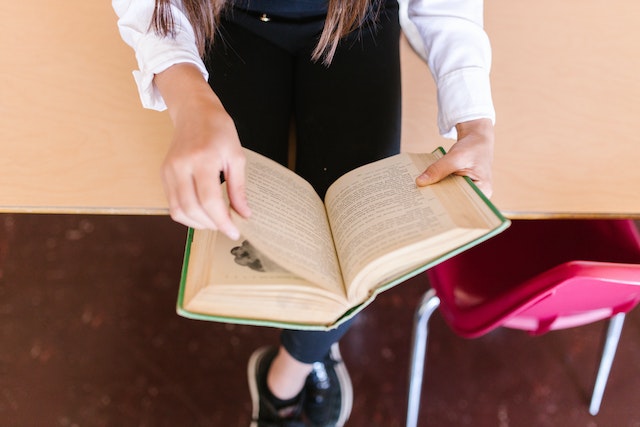Some Sources for Uncovering Some History
Uncovering history can be a fascinating and rewarding process. There are many sources that can be used to learn more about the past, including books, documents, and artifacts. Getting a better understanding of some history can take time and effort. But several sources can help you uncover some interesting historical facts. This article will look at some of these sources, including definitions, overviews, and book reviews.
Contents
Book reviews
Using book reviews as sources for uncovering history can be a useful tool. Rather than simply quoting a book, book reviews can critically discuss the book’s main thesis and evidence. These scholarly reviews often appear in various scholarly journals and are written by experts in the field being reviewed.
These reviews can also be found in multidisciplinary databases that index scholarly publications. These include Academic Search Premier and EBSCOHost. Both databases offer full text for over 1200 journals in various fields.
A scholarly journal or magazine may publish book reviews, or they may be published in a more general interest journal. They may be short summaries or longer knowledgeable evaluations.
The key to finding book reviews is knowing the publication year. Some books are not reviewed in a periodical’s index, so you may need to consult a bibliography or WorldCat.
When you start your search, you should list the questions you want. These will help you determine the subject of the review and can guide you to a relevant resource.
Historical definitions
Historically defined art isn’t much different from inductive definitions. The critical difference is that these definitions need to adequately characterize art traditions. However, this does not mean they are without merit.
Historical definitions are derived from secondary sources. These sources are useful in many ways. For example, they help researchers to interpret source information. They also provide a range of valuable comments. Depending on the context, they may also serve as primary sources.
There are three major types of definitions. These include conventionalist, classically flavored, and hybrid. The first two are more straightforward than the last. These definitions aim to capture phenomena in social and historical terms. They typically hold that a work of art is an artifact created by an artist. Alternatively, they aim to accommodate avant-garde and non-Western art.
The classically-flavored definitions are reverse-explanatory. These are likely to be more attractive to laymen. Similarly, the hybrid purposes are a hybrid of the first two. In the latter case, the item must fulfill the art function to be considered an artwork.
Historical overviews
A solid understanding of world history and some historical records is a great way to learn about the region of your choice even how much it cost just like the Omaha World Herald obituary cost. You can get a good grasp on the historical context of your locale with the aid of a good map, a decent encyclopedia, and a few tidbits of local knowledge.
One of the most critical tasks in your quest to understand the past is sifting through the myriad primary and secondary information sources. The trick is knowing how to organize your notes best and which source to use for what. For example, you should create a separate sheet for each reference, whereas you should only cite a single citation in a document.
The first step is to list the primary and secondary sources of information you will need to complete your project. The second step is to identify the key concepts from your list and assemble them into a coherent thesis. It would be best if you also took the time to write your notes.
Recent secondary sources
Identifying recent secondary sources for uncovering history can help you to understand the events that happened in the past. It will also reveal other people’s views and interpret what happened.
Some sources of secondary information include books, articles, encyclopedias, and famous works. These can be used to support or challenge a point of view. When researching, keep in mind the language that was spoken during the period. Using a dictionary can also be helpful.
Secondary sources are usually written by someone who has not been involved with the event. Professionally trained historians will have at least a graduate degree in the field and have developed a specialized knowledge of how to interpret facts. They often publish materials in book form as part of their tenure.
Other secondary information sources include journals, anthologies, textbooks, reference books, and dictionaries. These can be found in libraries and on the internet. A reference librarian can also help locate these resources.
Archives
Researchers have a unique opportunity to discover early research and follow developments thanks to archive content, which allows transparency of findings across time. Early records guarantee academic knowledge for future generations, preserve historically significant material, and promote research continuity. Because they were generated by participants in or witnesses to the events they depict, archival materials are primary sources. They are typically distinct. Because they capture an event, individual archive papers are frequently referred to as “records.”

